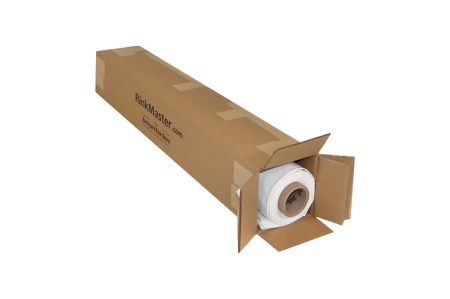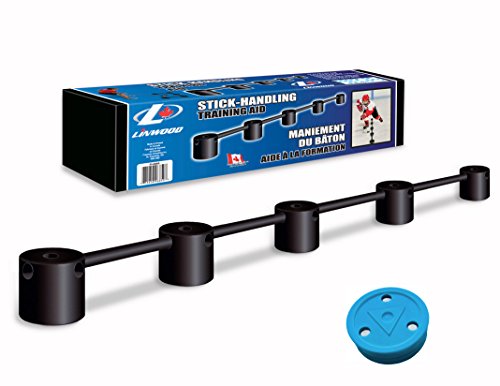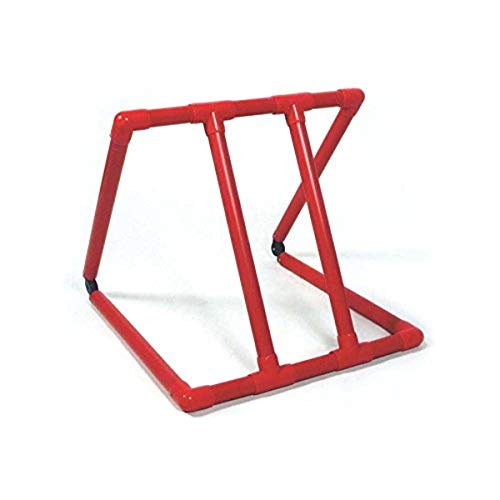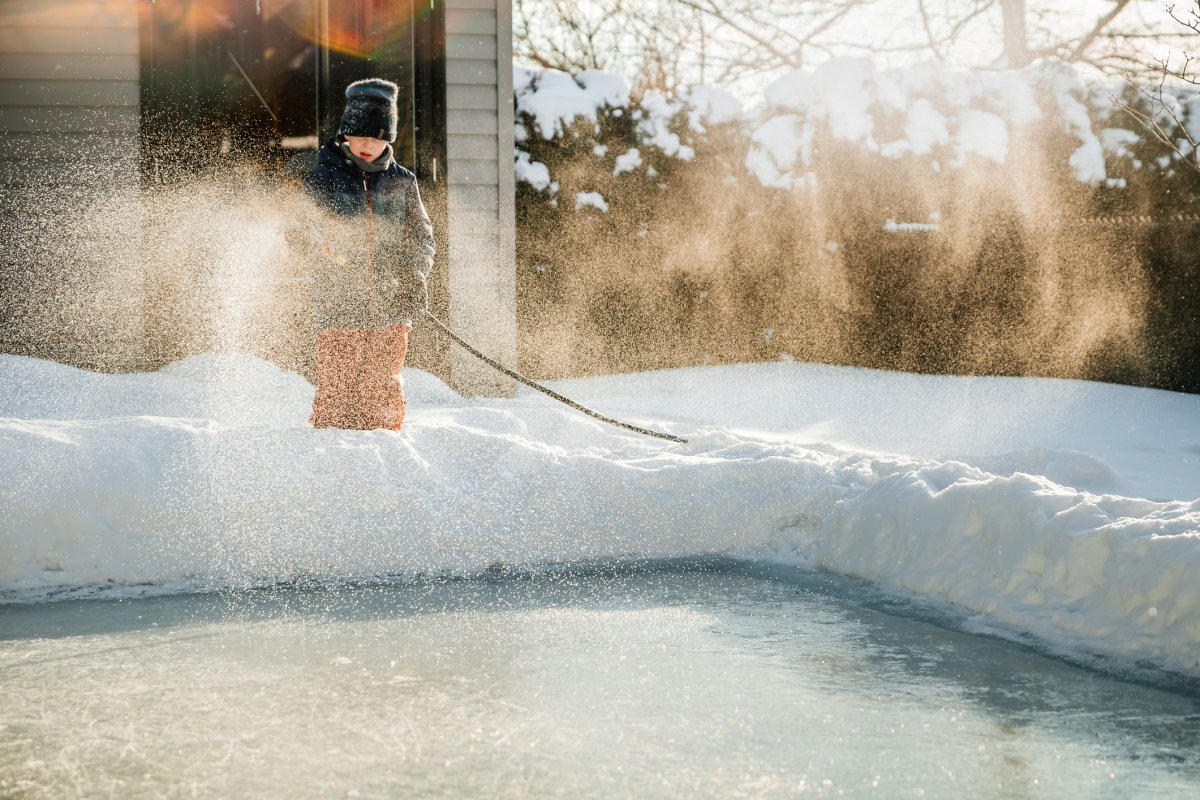The Curator independently decides what topics and products we feature. When you purchase an item through our links, we may earn a commission. Promotions and products are subject to availability and retailer terms.
What’s more Canadian than having a rink in your backyard? There’s nothing quite like it.

But deciding how and when to put up the rink can be tricky.
Put it up before the ground is cold, and you’ll get a shallow frigid drinking pool for local wildlife. Wait too long, and your freezing hands will be struggling with a hammer and nails in the dark.
Ideal timing depends on where you live in Canada.
“We are headed for an El Nino winter which generally brings warmer than normal temperatures and less snowfall to much of Canada but the devil is in the details,” says Global News chief meteorologist Anthony Farnell. “There are signs that this may not be your typical El Nino winter with more of a back-and-forth weather pattern, and it could possibly turn very cold and snowy coast to coast for a few weeks in late December or January.”
Here’s Farnell’s best guesses for when building that rink might work for you:
Maritimes
“Prolonged cold is not likely until the holidays at the earliest. The best time to set up that rink may not be until January, when the nights are long and there are less big swings in temperature.”
Southern Quebec & Eastern Ontario
“The weather normally cooperates from late December right into early March. This year, we are expecting some wild swings in temperature which may limit the ice quality on some of those days or even a week at a time. There’s also a higher risk of ice storms in this region during El Nino winters, which could briefly turn entire neighbourhoods into skating rinks.”
Southern Ontario
“This year, December is likely to be warmer than normal, which doesn’t bode well for setting up the rink much before Christmas. Early January through mid-February is generally the best time in this region.”
Central Canada
“For this region, you can get that backyard rink established much earlier than the rest of the country. Already by late November, temperatures are cold enough and consistent enough to freeze things up solid. This winter is likely to be warmer than normal so don’t be surprised if even in Saskatchewan and Manitoba, there are a few days in January and February where your ice melts.”
Alberta
“Alberta is generally very cold through most of the winter but watch out for those Chinook winds. If you are in southern Alberta, keep an eye on the weather forecast and look for those periods where Arctic air settles in. Have fun creating the rink but don’t be surprised if you’re running around in a t-shirt the next week and having to start over. This winter looks particularly mild for the province.”
British Columbia
“A mild winter is on the way for the west coast. It’s generally quite challenging setting up a rink unless you are up in elevation and even then temperatures often climb well above freezing and rain or wet snow can mess up your masterpiece.”
Now you have the right time to build. Do you have the right materials and tools?
Here’s a quick list of things you’ll need to help build that perfect rink.
—
Rink Kit
If you want the quick solution, grab a rink kit. There are lots of options, but before you buy, measure your space properly — and determine whether it’s level. You’ll also want to think ahead about where you’ll store the rink in the offseason.

The DIY method
If you can handle a little manual labour, you can build your own rink.
For this option, you’ll need a few more bits and pieces — and probably some patience. The Home Depot has a handy how-to guide you can follow for construction, but here’s a starter list if you’re sourcing your own materials.





Fill ‘er up
Whether you went the DIY route or you bought a ready-to-build kit, you’ll need to get the water flowing before you can start using the rink. When to fill up will be the ultimate question. ” “For backyard skating rinks, ideal weather is a prolonged period of below freezing temperatures with a few cold, clear and calm nights to get the ice established,” Farnell says.

Let the fun begin!
When your rink is ready to go, make it your own.






Maintain
How to maintain that picturesque Canadian backyard rink is more art than science. Without a Zamboni, you can get creative with a bucket of warm water and a mop.

When it’s all done…
Once the warm air arrives and melts the ice, you may stare at your pool of water and ask yourself: “Now what?” To speed up the bailing-out process, consider investing in a small pump.

Building a rink takes time, money and a lot of patience, both during the build and while maintaining it. The one thing you can’t control? The weather. But when the rink works, it’s magical.
As for my own personal rink in Toronto? Farnell says not to get my hopes up.





Comments